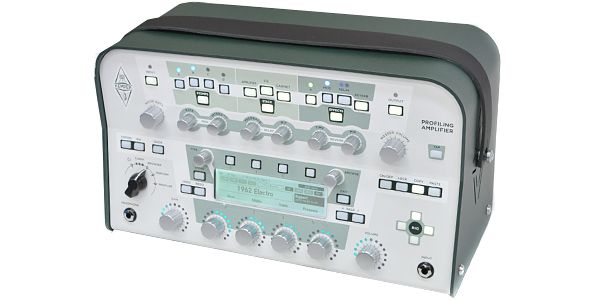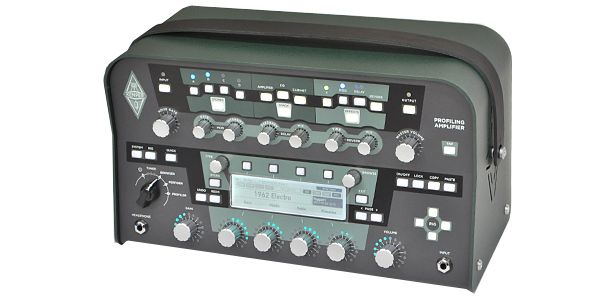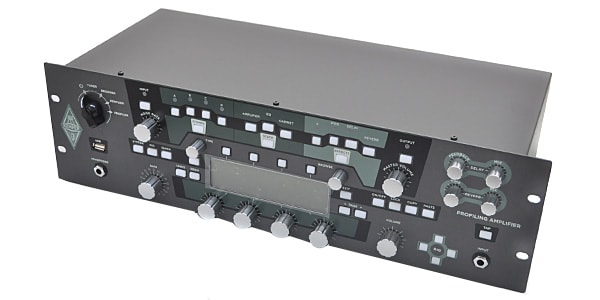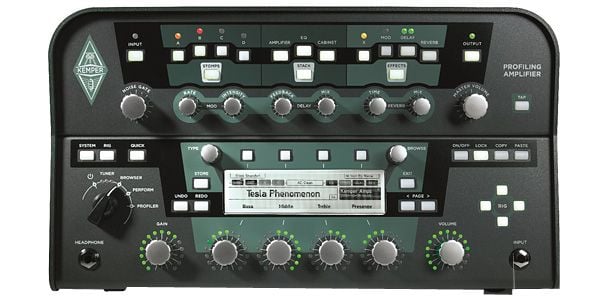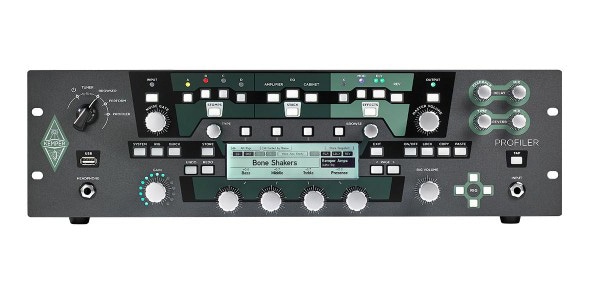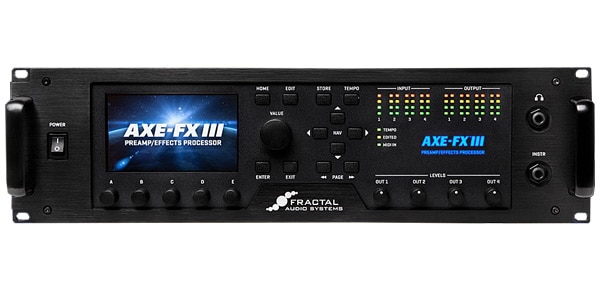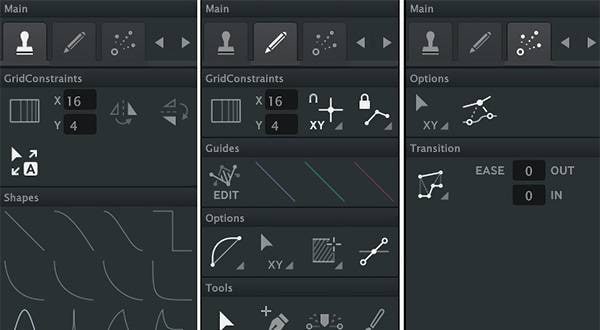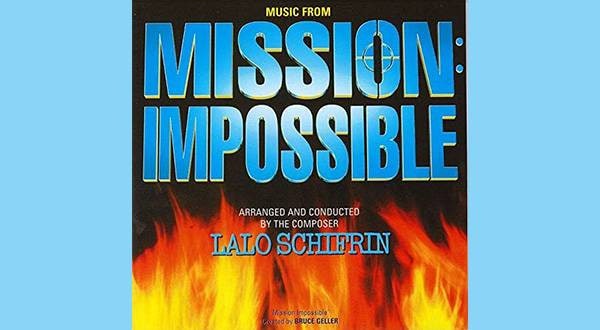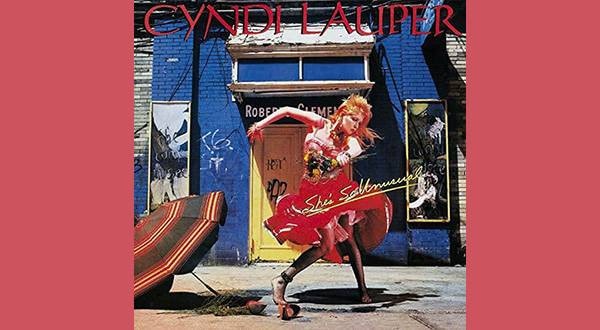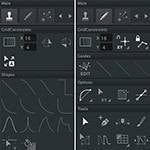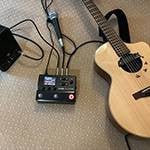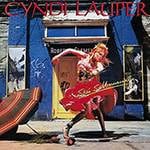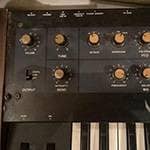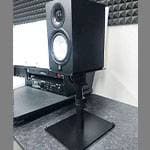First of all, what are the three elements of sound?
They are: timbre, pitch, and volume.
So when we're playing, when we're listening to music, we often hear the word "sound quality"....
What is sound quality?
Going back, music existed from the days when there were no digital devices. As music equipment went from analog to digital, the term "sound quality" was coined as a term for evaluating different sounds. Digitally speaking, sound quality is judged by the numerical values of "sampling rate" and "bit rate". However, when it comes to guitar multi-effectors, it is more complicated to judge whether the sound quality is good or bad.
Multi-effectors are packed with various sampled or simulated sounds. This can be said to be the "timbre" (one of the three elements) of sound quality. The timbre affects how the superficial sound is perceived. It can be said to be the atmosphere of sound. If any sound is distorted, it makes you think of distortion. It can be changed with an equalizer as one of the elements in sound quality. Sometimes it is affected the more you change the timbre (the more you change the impression of the sound).

The superficial part that people feel about sound is as explained, but one guideline is to look at the power consumption and current consumption of each effector as a criterion for judging whether sound is good or bad digitally.
I think that many people understand "good sound" and "bad sound" to a certain extent. However, the numerical values provides us with information about the performance difference more clearly. (The manufacturer's notation is not always correct, so it is recommended that you measure it yourself)
Specifically, if you have a multi-effector unit A and a multi-effector unit B in similar price ranges, first try playing them at the store to find which one contains the sounds you like (the "tone" that suits your taste). I think you will be able to judge which this easily. This time, in addition to that, if the following conditions are met, it can be judged digitally as well, which one has better performance.
Example)
Multi-effector A: AC adapter 9V 600mAh
Multi-effector B: AC adapter 9V 2000mAh
In the above case, even if A contains your favorite "tone" (superficial sound / sound atmosphere), it can be digitally judged that multi-effector B has better sound.
The difference in CPU performance are also taken into consideration, but it is thought that the more power (W) required, the higher the performance because it consumes electricity. (Actually, it would be nice if you could also check the CPU score comparison)
* Electric power is voltage (V) x current (A) = electric power (W)
By the way, with a 100V / 0.5A power supply, the maximum power is 50W.
Roughly comparing various multi-effectors, it is possible to compare the performance of each device to some extent from the power consumption. For example, the POD xt and so on consume 18W, Kemper consumes 50W, Fractal consumes 20W, and so on. (POD xt was a product that was sold at an exceptionally price even though it was close to a high-end product among digital effectors at the time of sale)
If you want to compare multi-effectors A and B with the same power consumption, you need to compare by CPU score and bit rate. (Of course, you can use your favorite sound as a comparison point as well.)
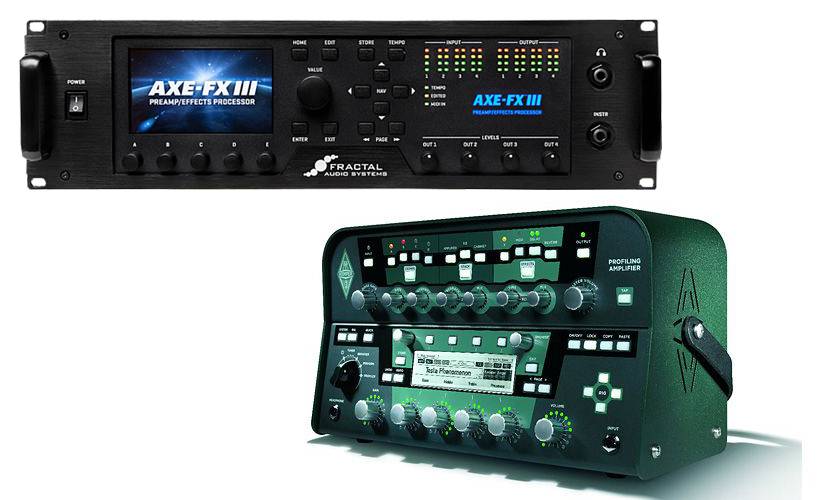
I've gone on for a while here, but in fact, there is one more thing you need to do when comparing the sounds of multiple effectors. That is the "volume when output".
You can check the volume meter when you connect it to a PA desk in the studio or an audio interface you have at home. However, many people are wondering how loud the sound is.
There is a guitar simulator plug-in software called 「Guitar Rig」. The standard volume of this software is almost MAX when checked with a mixer through the interface. (Because it is too large, it will be lowered by about 5db to avoid peaks.)
* Comparison of both input and output levels of + 4db (for business use)
Now, let's connect a commercially available multi-effector for guitar, set the channel Vol and master Vol to MAX, and check the volume. (Since the volume is huge, try lowering the master Vol on the mixer side a little.) Actually, the volume is not so loud when compared to Guitar Rig.
And for many effectors, if both the channel and master Vol are set to MAX, the sound will break up and crack. This is mainly due to lack of CPU processing power (specs) and power consumption.
Therefore, the correct way to use a digital multi-effector is basically to set the Vol to MAX until the sound breaks up. (When soloing, it is necessary to connect a booster after the multi-effects unit.)
In order to win in the battle called the multi-effector Vol competition, there is no choice but to compare the specifications of the multi-effectors. And some of you may have noticed ... Volume is one of the three elements of sound.
Finally, the pitch is ... the skill of the performer ... or the state of the tuning of the guitar...
Then why not use Guitar Rig?
In fact, even the most sophisticated audio interface consumes about 22W. Until a few years ago, personal computer CPUs were often superior to multi-effector CPUs, but over the last few years CPUs have evolved further and have also become cheaper.
And even if you use an expensive audio interface and connect it to a Return such as JC-120 at 96khz / 32bit to output sound, in the case of the frequency characteristics of JC-120, it is difficult to take advantage of its goodness.
In recent years, new products such as Kemper and the Fractal Ax III have improved not only CPU performance but also the amount of power required and the quality of sounds other than timbre.
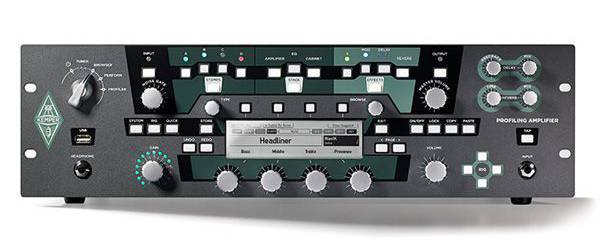
So, because this is the present age, please buy Kemper and so on, and compare it with other multi-effectors.
It can be said that the digital effectors (simulators) for live performances on the market are finally approaching analog levels.
I've put too many elements into this, but I hope that readers understand the details and the products sold will improve.






